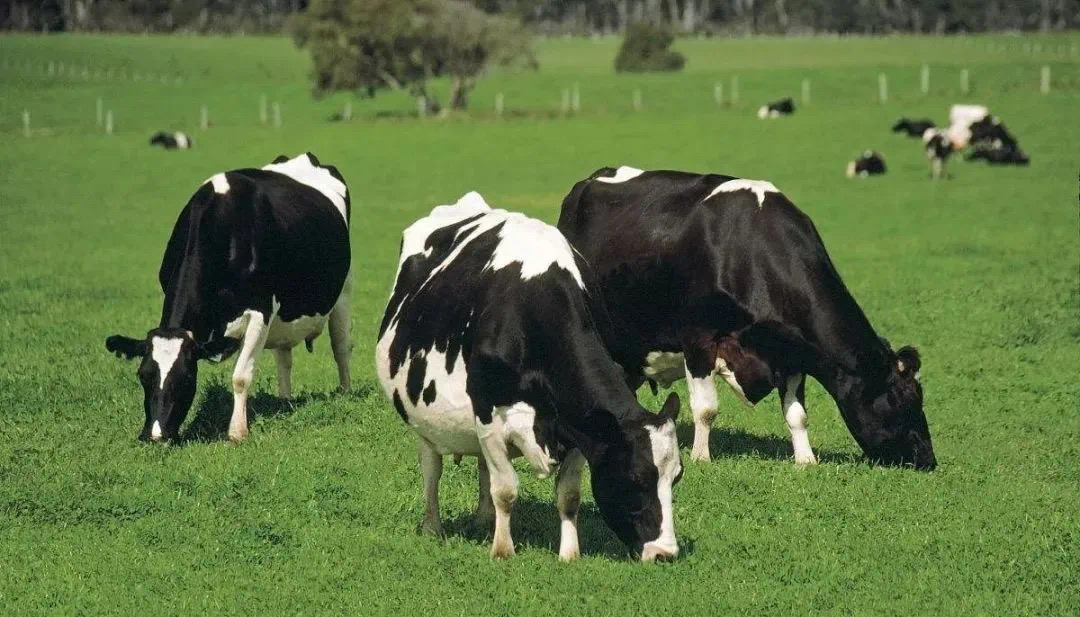
- Online pavilions:
- Veterinary medicines
- Veterinary raw materials
- Other
- Asia
- America
- medical instruments

News briefing: Management: In actual production, dairy farmers often take action when they find a problem or a problem arises. At this time, the problem is serious and difficult to solve. Therefore, we must have regular inspections, early detection, early treatment, and
Genes: Incomplete legs or hooves of dairy cows can cause a higher incidence of lameness, which can also be worsened by poor management and environmental problems.
Environment: Lameness is usually caused by undesirable factors in the environment, especially the type of cow's pen and the ground on which the cow walks. Regardless of the type of barn, it is necessary to provide enough comfortable resting space for the cows. Lameness often occurs in overcrowded barns and barns with poorly designed fences. Therefore, it is necessary to carefully observe the behavior of dairy cows in order to detect and improve early.
Management: In actual production, dairy farmers often take action when they find a problem or a problem arises. At this time, the problem is serious and difficult to solve. Therefore, we must have regular inspections, early detection, early treatment, and proactive comprehensive preventive measures.
Diseases: including foot rot. The key to the problem is to keep the hoof clean before and during antibiotic treatment. The most common mistake is improper hoof cleaning. It is not suitable because the cows are allowed to soil their hoofs after washing, or because the washing time is typically too short to allow the sick hoof to come into full contact with the disinfectant.
Nutrition: Nutrition mainly affects the lameness, hoof growth quality and laminitis of dairy cows from two aspects. On the one hand, the growth of the cow's hoof will be affected by trace elements, especially zinc. Adding high-utilization zinc to the diet shows that zinc can reduce the incidence of lameness by 24%. It needs to be emphasized that zinc is not a "magic bullet", and lameness caused by other factors should also be addressed at the same time. The recommended amount of zinc added is 3 grams per cow per day. On the other hand, too much protein in the diet can cause lameness. The principle is not yet clear. It may be that too much ammonia in the rumen can cause the death of bacteria and cause toxins in the blood, similar to acidosis, or it may be that the degradation products of excess protein including histamine can cause laminitis.
Everyone has an understanding of the problem of acidosis. Nutritionists emphasize the need to adjust the balance of the diet, especially through fast fermentation of carbohydrates and high-efficiency fiber to avoid acidosis as much as possible. Therefore, priority must be given to enabling high-yielding dairy cows in all environments to consume a nutritionally balanced diet, and to meet the nutritional needs of dairy cows during production.
Prevention method:
Determine the incidence of lameness in dairy cows in the feedlot, understand the losses caused by lameness on the feedlot, find the cause and formulate a plan to solve the lameness in dairy cows. It is recommended to use probiotics, which can help stabilize rumen pH, increase dry matter intake and forage digestibility, and reduce the incidence of lameness.